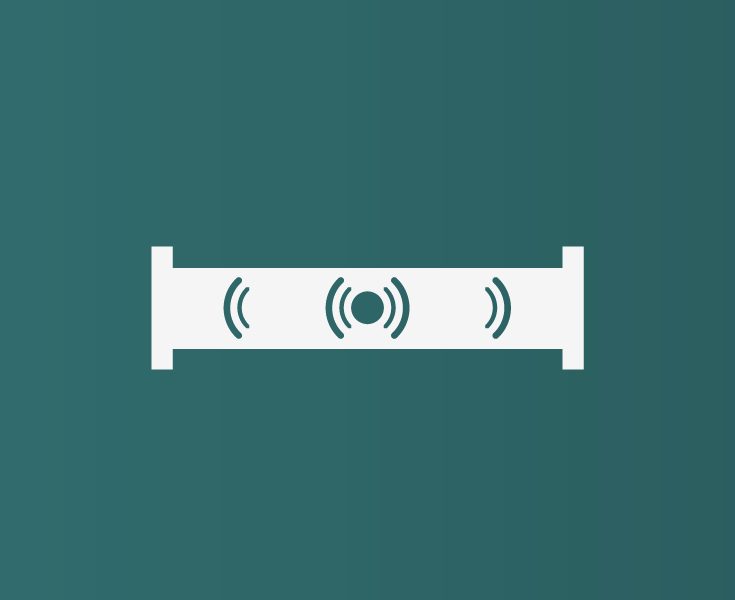
Negative pressure wave (NPW)
For the fast detection and accurate location of new leaks or bursts
Wastewater is hazardous, its properties are highly variable and a leak of any size can endanger the environment and public health.
Leakage anywhere in a wastewater network should be treated as an emergency, with rising sewer mains being a notoriously weak point in the wastewater network.
Custom built to overcome the challenges facing wastewater utilities, Atmos has designed an effective leak detection solution.
It can be difficult to install instrumentation within the wastewater network due to a lack of process connection access points.
Atmos can deploy single ended leak detection on these difficult pipeline sections. In the case of rising sewer mains we install equipment at the bottom of a rising main to provide full leak detection coverage of the pressurized section of the pipeline.
From frequent leakage in rising sewer mains to combined sewer overflows spilling too early, wastewater leakage can severely impact surrounding areas.
It's important to apply Atmos’ patented leak detection technologies that are quicker, more accurate, highly sensitive and generate fewer false alarms, protecting the environment and people from pollution incidents and protecting the utility from financial, regulatory and reputational damage.
Non-intrusive hardware like Atmos Eclipse or plug and play solutions like Atmos Sentinel provide real time data logging and analysis to give an accurate diagnosis of the pipeline and pump performance with zero downtime.
Rising sewer mains have a high burst frequency due to their pressurized conditions and burst events can have the most severe impact on the environment.
Providing crucial diagnostics on rising sewer mains, provides pre and post pipeline failure analytics using sensing technology so utilities can reduce response times and resolve the burst before it escalates.

Fast moving pressure surges can occur in the network for many reasons like during pump start up and shut down or valves being closed too quickly.
Using the negative pressure wave (NPW) method and pump vibration monitoring, flow rate can be estimated for a utility with short duration, fast moving pressure transients can be immediately identified for the operator.
We understand the difference between pumps operating and bursts occurring, restoring operators’ confidence through pipeline transient monitoring.
Atmos Eclipse and Atmos Sentinel measure flow and pressure data to support transient monitoring, giving operators valuable insight into pipeline performance and integrity.
An effective leak detection system can identify leaks in different operating conditions. Atmos’ approach in the water industry involves multimethod analysis made up of the following techniques:

For the fast detection and accurate location of new leaks or bursts
For the detection of slowly forming and existing leaks
To detect existing leakage by identifying small discrepancies in pressure

Listening to sound to identify existing leaks
Using vibration data to check pump condition and highlight changes in flow
Water networks are typically aging assets, with many networks across the world entering their wear out failure period and being more prone to leakage. It’s harder to mitigate the consequences of wastewater pipeline failure than in the clean water sector too.
Protecting wastewater pipelines from preventable damage, Atmos prioritizes fast and accurate leak detection, with early warning solutions that can detect and alarm on new leaks occurring within 30-120 seconds*.
*Data based on estimates using currently available hardware at Atmos
Using a combination of 60 Hz pressure data and signal processing algorithms from hardware instrumentation, Atmos data sees deeper into the performance of wastewater networks.
Atmos’ software has a multisecond sampling rate compared to traditional data collection solutions that sample data far slower.
We can reduce the high transmission costs associated with high resolution data by utilizing Edge processing. This means it is now as affordable as possible for utilities to receive alarms and data for any newly forming leaks or bursts while maintaining the high performance of the system.